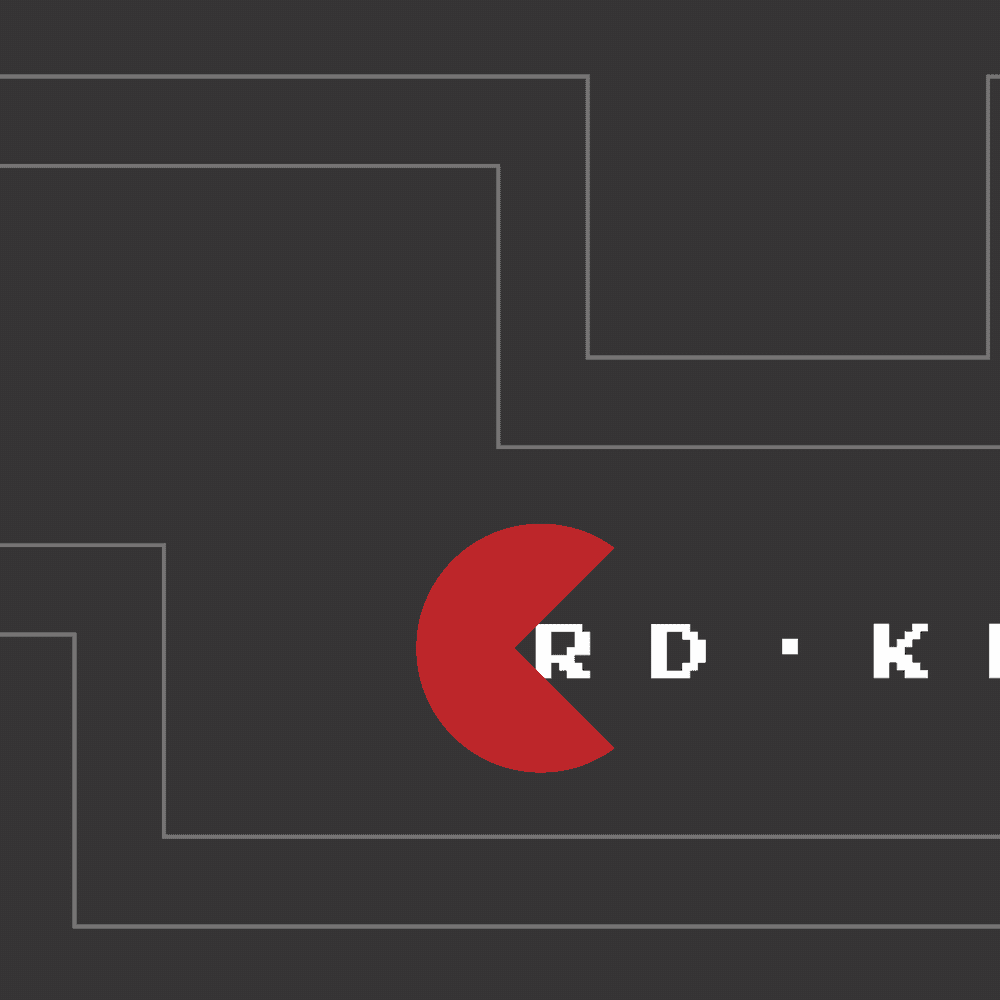In the world of search, too much of a good thing can be a bad thing. Using content pieces that contain the same keywords or recycling chunks of content altogether leads to keyword cannibalization—i.e., more is less and copy+paste isn’t the friend you thought it was.
There’s a fine line between owning your niche and hurting your chances of people finding you via search. And where you fall depends on how you write and organize your content. Blogs and branded websites dedicated to a single topic through multiple posts and pages are often the most susceptible to keyword cannibalization. That’s because, over time, Google and other search engines will diminish the rank of posts that cover the same topic—unless there is a discernible difference between each post.
Each and every web page is ranked for a handful of keywords in addition to a primary keyword. Beyond considering keywords, search engines also incorporate search intent into their rankings, which is a deep algorithm that evaluates what the user is actually looking for. For example, Google will consider whether a searcher’s intent is looking for the nutritional facts of craft beer or the health benefits of craft beer when they search for “craft beer health?”
In such a case, a craft beer blog’s posts may use the same primary keyword (craft beer) on multiple posts, but the blog’s content creators will not be keyword cannibalization offenders so long as their keywords are used in different contexts, and posts cover perceptible variations.
To prevent keyword cannibalization, follow these three steps:
1. Conduct a Top-Level Content Audit
To prevent and correct keyword cannibalization, it’s essential to vet your content, logging the primary and secondary keywords as well as what you think the visitor’s intent is for that page. (Defining and understanding visitor intent can be squishy, but try to be as direct and simple as possible. Ask yourself, “What did they intend to find with that search query?”)
If you discover content on your website or blog that addresses similar search intents, then consolidate that content to one page and apply a 301 redirect to the removed post; 301 redirects help bring search engine crawlers to the more relevant page and deliver richer content to visitors.
If you are unsure which post should be removed, let site data be your guide. You can leverage incognito mode on your web browser to see which post ranks higher for your primary keyword target(s) and/or use a third-party tool such as MOZ to see which post has a higher page authority.
2. Update Internal Links
Hyperlink text is what clues crawlers and users into how article content aligns with search intent. By updating hyperlink text, you can add more specificity and differentiation to posts with similar content to increase relevance.
For example, linking to “craft beer nutrition” provides more relevant information than just linking to “craft beer.”
Additionally, using internal links to direct users back to related content pages and posts strengthens the web and makes it easier for search engines to understand the network of content.
It’s vital that you ensure all internal links are updated and working correctly, especially if you have consolidated any content. You can use tools like Integrity to identify broken links, the pages where those links appear on and what type of error page they lead to (404, 500, etc.).
3. Develop a Content Plan That Incorporates Your Findings
After taking a deep dive into your website or blog topics and consolidating the content accordingly, make sure to incorporate your learnings into your content creation plan.
For example, as you plan for your various category buckets and assign topics to explore within each, be sure your topics are distinct enough that they won’t compete with each other. Also, once you know which posts perform best, create additional content that can capitalize on (but not compete with) that popularity.
Additionally, as you perform keyword research, compare your findings with the keywords you currently leverage to avoid cannibalization.
By running consistent top-level content audits, consolidating redundant content, updating internal links and identifying new keywords to assist in an informative content plan, you will be able to stay relevant to your target and their needs while increasing your chances of a higher search ranking.
Looking to have a blog audit done? Contact Ted at tjun@hiebing.com to get started!
